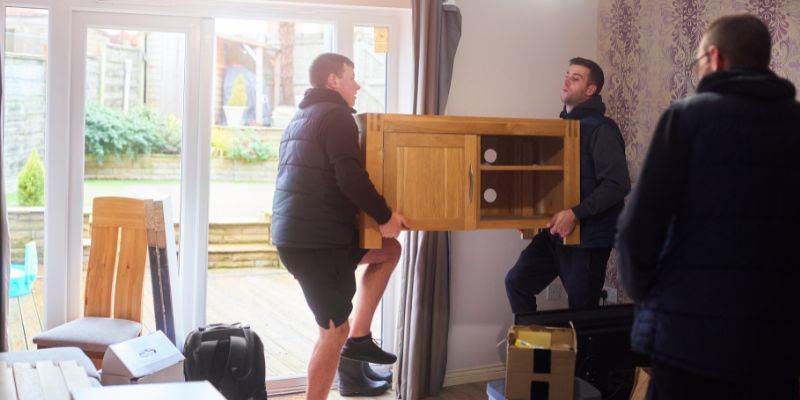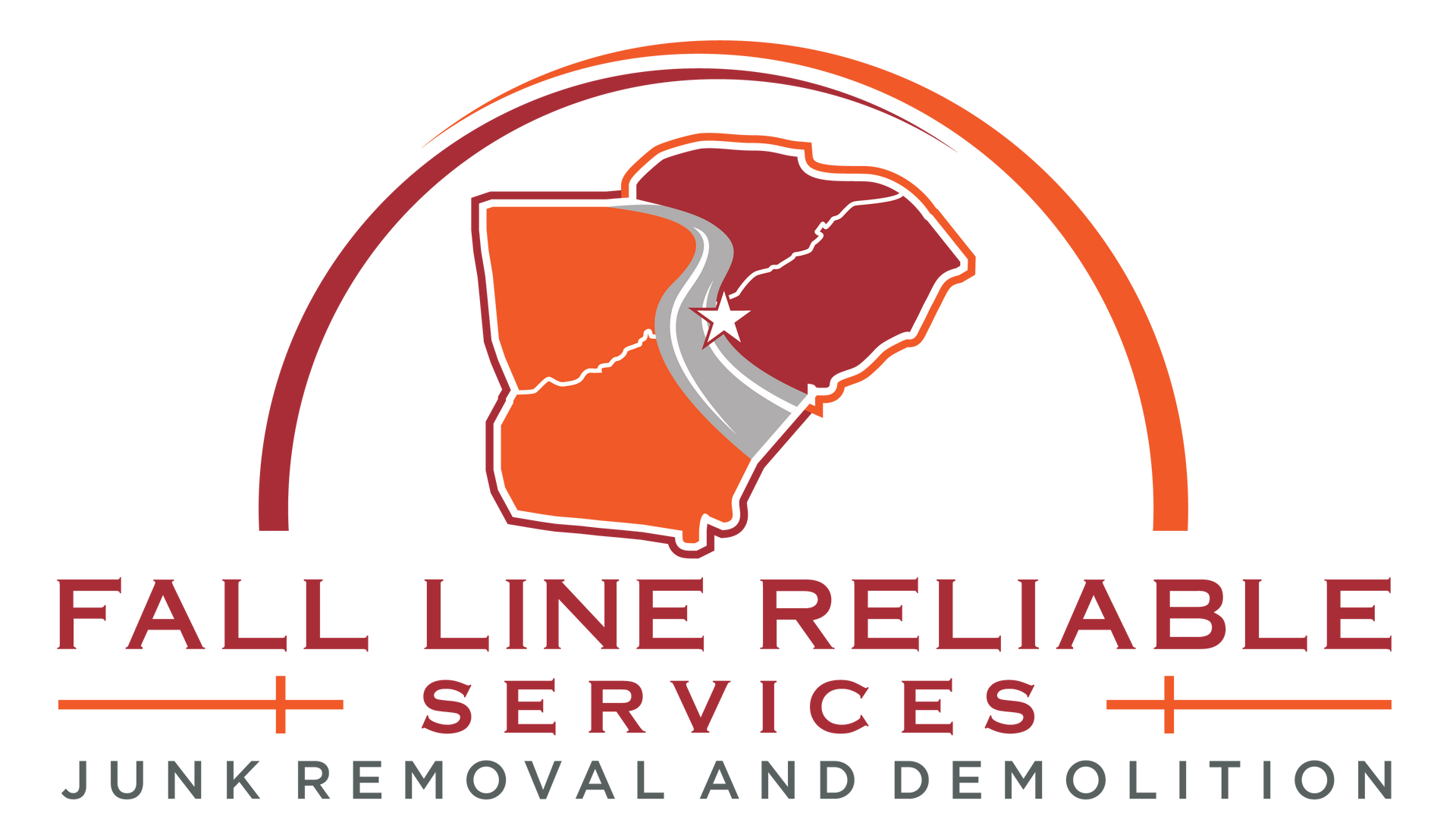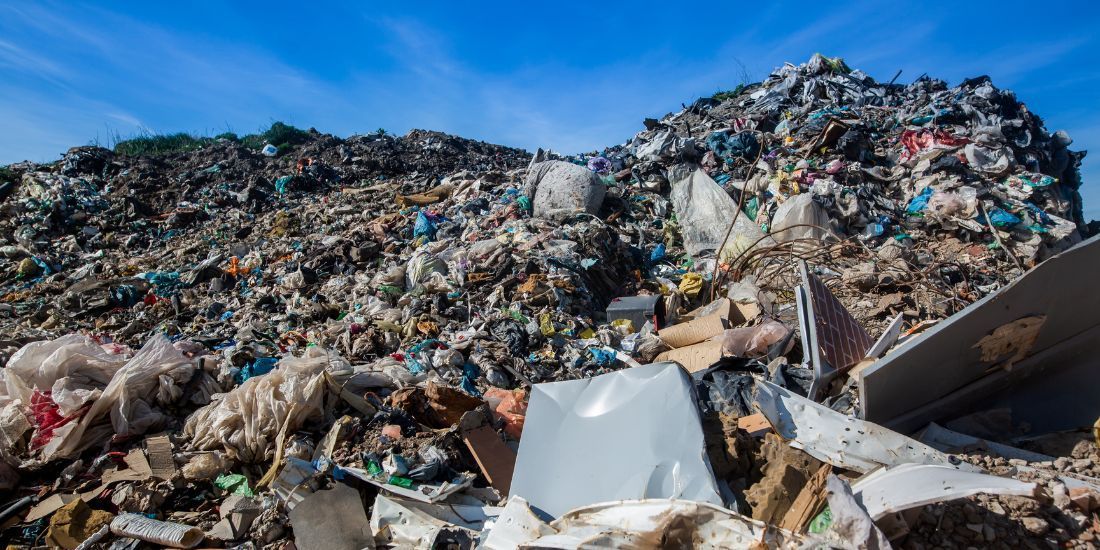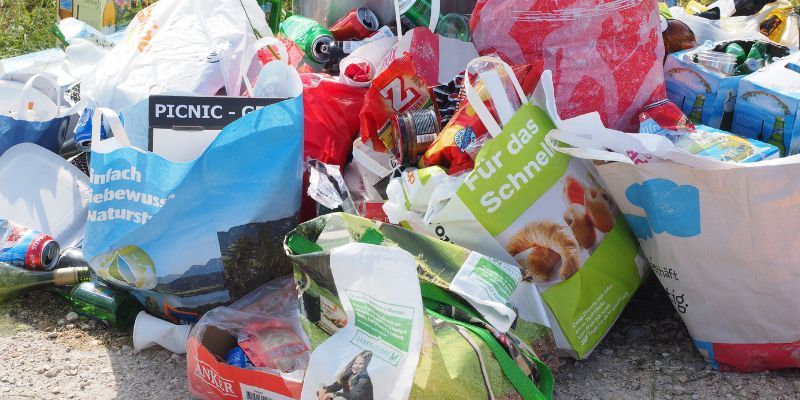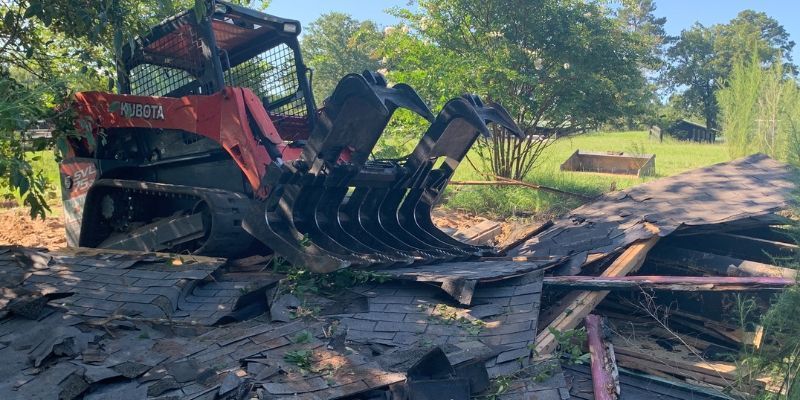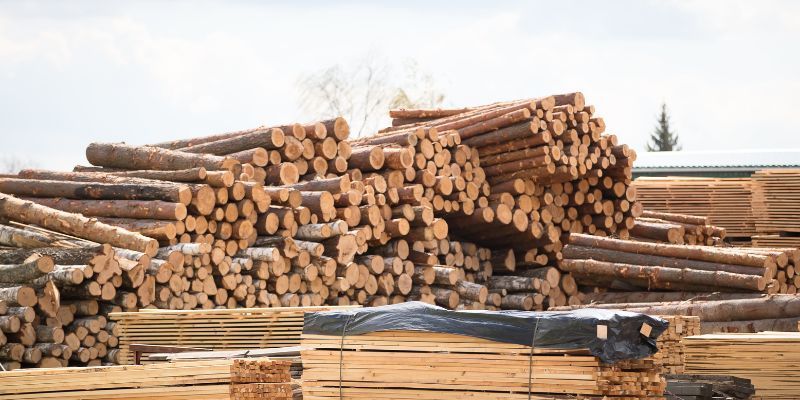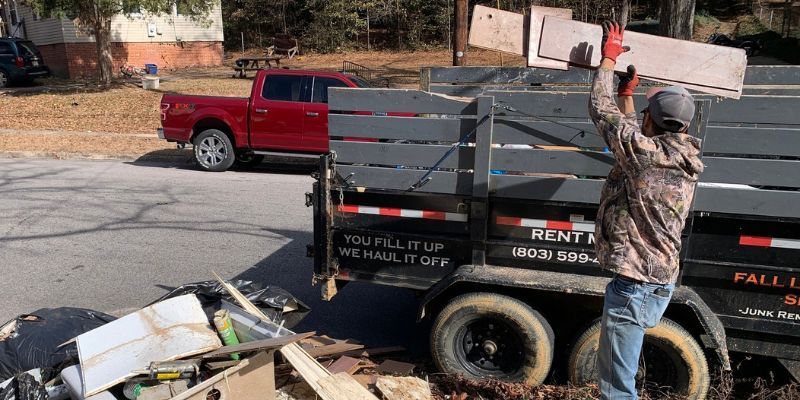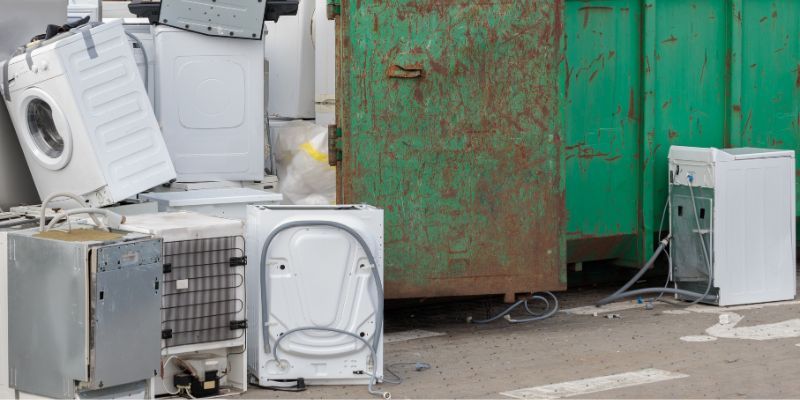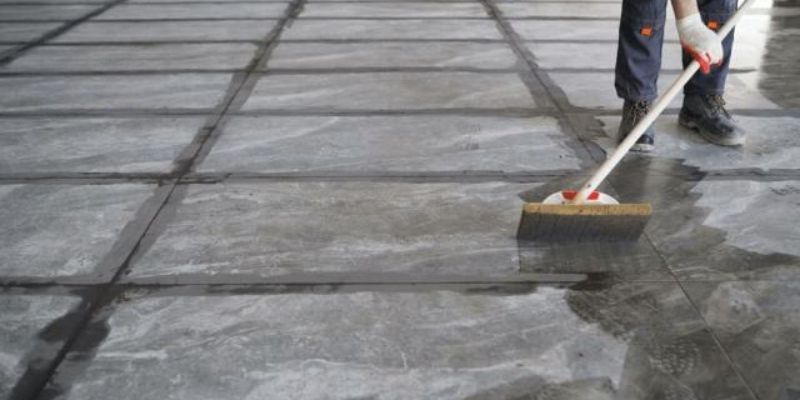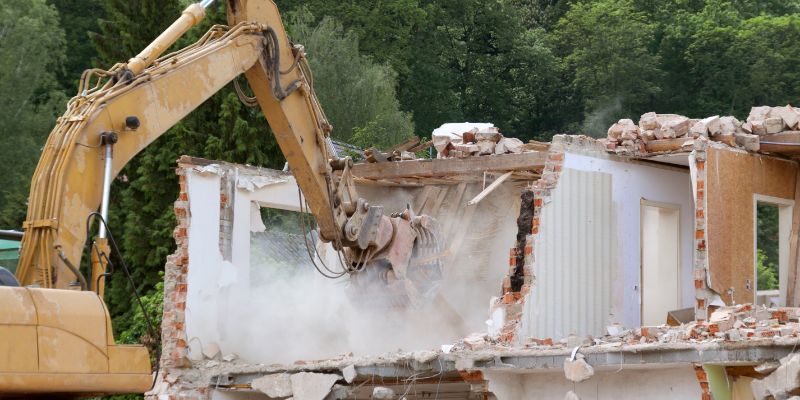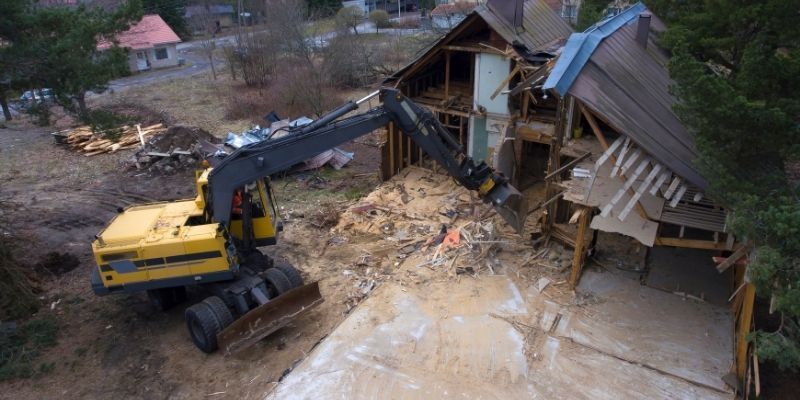Concrete Chunk Disposal: Sustainable and Safe Methods
Are you stuck with a mountain of concrete chunks after a renovation or construction project?
Disposing of concrete can seem like a Herculean task.
No matter the size of your pile, whether from a DIY home project or a sprawling construction site, proper disposal is non-negotiable.
In this blog, we walk you through various solutions, from local disposal options to eco-friendly recycling methods and creative ways to repurpose your concrete waste.
Understanding the Basics of Concrete Disposal
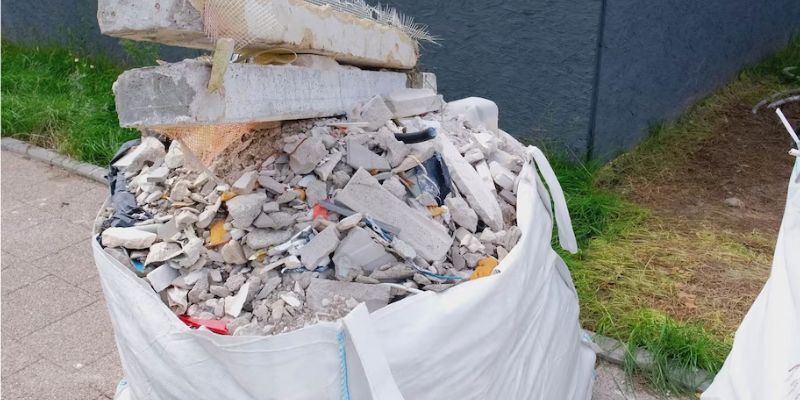
Understanding the basics of concrete disposal is crucial for anyone dealing with construction or renovation work. Concrete, a staple in building and remodeling, often leaves chunks and debris that you must handle appropriately.
Here’s a closer look at what you need to know:
1. Know Your Concrete Waste
- Identify the Type: Concrete waste can vary. It may be clean concrete (without rebar, metal, or other contaminants) or mixed materials, affecting disposal options.
- Volume Matters: Estimating the amount of concrete waste you have will help plan the most efficient disposal method.
2. Local Regulations and Disposal Sites
- Research Local Regulations: Different regions have specific rules regarding construction waste disposal. It’s essential to familiarize yourself with these to avoid any legal issues.
- Finding the Right Facility: Look for waste management facilities or recycling centers that accept concrete. Facilities often charge based on weight, so knowing the amount you have is helpful.
3. Benefits of Recycling Concrete
- Eco-friendly: Recycling concrete reduces landfill waste and the environmental impact of new concrete production.
- Economical: Some recycling centers offer a lower disposal cost than regular waste facilities.
- Versatile Usage: Recycled concrete can be used in various applications, such as aggregate in road construction, landscaping, and more.
Preparing Concrete for Disposal
In responsibly disposing of concrete, preparation is critical.
Follow these steps to ensure a safe and efficient process:
- Remove Contaminants
Before disposal, inspect the concrete for any contaminants, such as rebar or mesh. These materials can complicate the disposal process and may have specific recycling requirements.
Use tools to cut and remove any embedded metal.
- Break Down into Manageable Sizes
Large concrete chunks can be challenging to handle and transport. Breaking them down into smaller, more manageable sizes makes the process easier and facilitates recycling efforts.
Consider using a sledgehammer or a concrete saw for this purpose.
- Separate Materials
If the concrete contains different materials, such as asphalt or other aggregates, separate them before disposal.
Some recycling facilities may have specific requirements for different materials, and proper separation ensures efficient recycling.
- Consider Reusable Components
Assess the concrete for any reusable components. Some projects allow you to salvage intact pieces for future use in landscaping or construction.
Repurposing concrete in this way reduces waste and contributes to sustainable practices.
- Proper Packaging
When transporting concrete to a disposal site, ensure it is appropriately packaged. Use sturdy containers or bags that can withstand the weight and prevent spillage during transit.
Securely tie or seal the packaging to avoid any safety hazards on the road.
- Dispose of Hazardous Materials Separately
If the concrete has been exposed to hazardous materials, such as chemicals or paints, dispose of these substances separately following guidelines.
Some materials may require specialized disposal methods to prevent environmental contamination.
- Use Personal Protective Equipment (PPE)
Wear suitable personal protective equipment, including gloves and safety glasses, when handling and preparing concrete for disposal.
This protects you from potential injuries and ensures a safe working environment.
Alternatives to Disposal
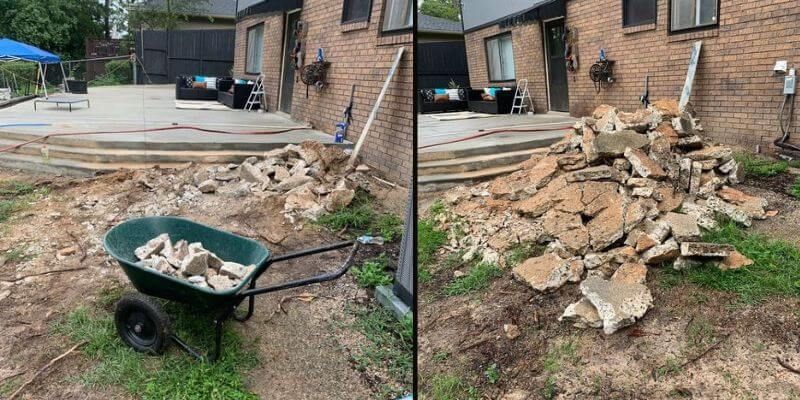
- Repurposing: Consider using concrete chunks for landscaping, garden paths, or as a base for flat roof designs.
- Community Sharing: Sometimes, what’s a waste for you can be valuable for others. Offer your concrete chunks on community platforms or to local landscapers.
- Breaking Down Large Pieces: Use tools like sledgehammers or jackhammers to break larger chunks into smaller, more manageable pieces.
- Remove Contaminants: Ensure the concrete is free from metal, trash, and other materials that might not be accepted at the disposal facility.
Sustainable Disposal Options
With concrete disposal, choosing sustainable options benefits the environment and contributes to the circular economy.
Explore these eco-friendly alternatives to traditional disposal methods:
Concrete Recycling Facilities
Look for local concrete recycling facilities that accept construction waste. These facilities specialize in processing concrete chunks and crushing them into reusable aggregates.
This not only diverts waste from landfills but also conserves natural resources by reducing the demand for new aggregates.
Repurposing for Construction Projects
Instead of treating concrete as waste, consider repurposing it for new construction projects. Crushed concrete can be used as a base for roads, driveways, or fill material.
Check with local construction projects or landscaping initiatives that welcome recycled concrete for their developments.
Landscaping and Garden Projects
Repurpose concrete pieces in landscaping and garden projects. Broken concrete can create retaining walls, garden borders, or stepping stones.
This adds a unique aesthetic to your outdoor space and reduces the need for new materials.
DIY Concrete Recycling
Take on DIY projects to recycle concrete at home. Crush smaller pieces to create gravel for paths or as a base for pavers.
You can use larger pieces for artistic installations like sculptures or garden features.
Get creative and contribute to sustainable practices right in your backyard.
Community Recycling Initiatives
Collaborate with your community to organize concrete recycling initiatives. This could involve collecting concrete waste from various sources and pooling it for recycling.
Not only does this foster a sense of community responsibility, but it also makes large-scale recycling more workable.
Explore Reuse Opportunities
Before disposal, assess whether you can reuse any intact concrete pieces in other construction projects. Sometimes, contractors or local builders may have use for salvaged materials, reducing the demand for new concrete.
Educate and Encourage Others
Spread awareness about sustainable concrete disposal options within your community. Encourage neighbors, local businesses, and construction sites to adopt eco-friendly practices.
The more people understand the benefits of sustainable disposal, the more significant the positive impact on the environment.
Safety Measures
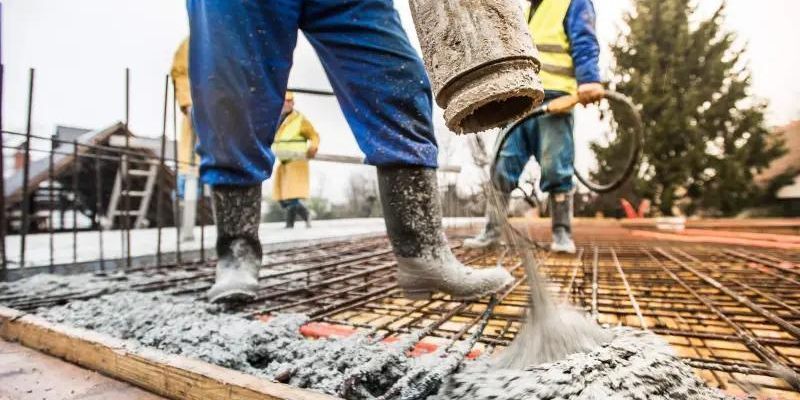
Ensuring safety during the concrete disposal process is paramount.
Follow these essential safety measures to protect yourself and others involved:
- Personal Protective Equipment (PPE)
Before handling concrete chunks, equip yourself with the necessary PPE.
This includes heavy-duty gloves to protect your hands from sharp edges and contaminants, safety glasses to shield your eyes, and sturdy boots for foot protection.
- Respiratory Protection
If the concrete is old or there’s a possibility of dust inhalation during the disposal process, consider wearing a dust mask or respirator.
This safeguards your respiratory system from potential airborne particles arising during concrete handling or breaking down.
- Footwear
Wear closed-toe, slip-resistant boots with adequate ankle support. These provide stability on uneven surfaces and protect your feet from falling debris.
- Safe Handling Techniques
When lifting and carrying concrete, use proper lifting techniques. Bend your knees and keep your back straight to avoid strains.
If the concrete is hefty, enlist the help of others or use equipment like wheelbarrows or dollies.
- Tool Safety
If you use tools such as sledgehammers or concrete saws to break down or cut the concrete, ensure they are in good condition.
Follow manufacturer guidelines and take appropriate safety precautions.
Keep tools sharp and well-maintained to avoid accidents.
- First Aid Kit on Standby
Keep a well-stocked first aid kit nearby.
Accidents can happen, and having immediate access to basic first aid supplies can make a significant difference in the event of minor injuries.
- Communication and Coordination
If you’re working with others, ensure clear communication and coordination. Establish signals or verbal cues to indicate when to lift, move, or stop.
This reduces the likelihood of accidents and promotes a safer working environment.
- Proper Disposal of Hazardous Materials
If the concrete has been exposed to hazardous materials, follow appropriate safety measures for their disposal.
Use protective gear and adhere to guidelines specific to the hazardous substances involved.
- Emergency Response Plan
Have an emergency response plan in place. Know the location of emergency exits, evacuation routes, and the nearest medical facilities.
Ensure all team members are aware of the plan and know how to respond in case of an emergency.
Final Thoughts About Concrete Chunk Disposal
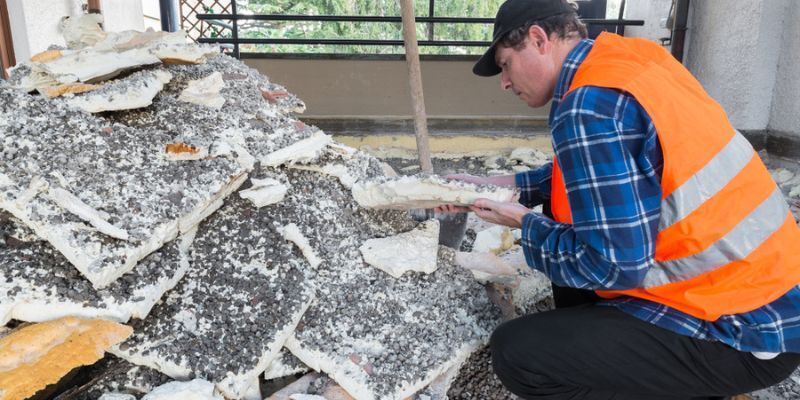
Disposing of or recycling concrete chunks doesn’t have to be a hassle.
You can effectively manage this construction waste by understanding your local options, considering recycling, and even getting creative.
Remember, concrete waste could be someone else’s treasure, whether for flat roof design, landscaping, or another purpose.
If you need professional help, don't hesitate to contact Fall Line Reliable Services at (803) 599-4329.
We will do the heavy lifting for concrete chunk disposal, so you don’t have to.
Remember, the goal is not just to get rid of the concrete but to do so responsibly and beneficially for our environment.
